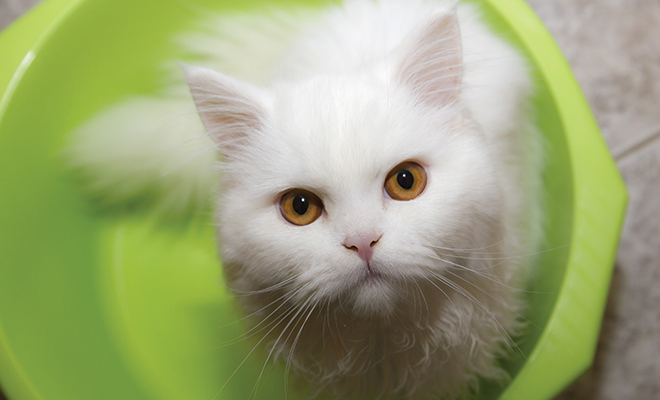
The Difficult Surrender Decision
This past year, I came to a point no pet lover ever wants to reach. I had to decide what to do with my sister’s cat, Pun’kin. For me, a dog lover, it was an easy decision. A shelter was the obvious choice.
Shelters serve many functions. They receive pets from those who can no longer care for them, from abusers, from strays roaming the streets, and especially from those who were gifted with an unexpected litter. However, you may find yourself in a situation where you simply can’t keep the animal because you already have pets and the newcomer isn’t welcome. Maybe you have finally found yourself without animals after a lifetime of caring for loving pets and simply don’t want to take on the job again. Then again, you may be in failing health and cannot care for the animal properly, as much as you would like to.
Sadly, economics plays a bigger role these days, since pets and pet care are expensive. A survey conducted by American Pet Products reveals the average annual cost of keeping a dog is $1,400 a year and a cat is $1,000 annually. This is for normal care, not emergencies or serious illnesses, during which the vet bill can equal a human’s medical expenses. Many people can no longer afford the added expenses and want to simply get rid of their pet by leaving it at a shelter. Unless you notify the shelter your pet is ill, this is especially cruel. Some illnesses aren’t readily visible and the problem could simply be passed on to the unsuspecting new owner. Always mention if the pet seems to be a little sick.
Most shelters charge a surrender fee. If your reason for dropping your pet off is financial, the shelter may apply a sliding scale that will accommodate your circumstances. A special case is that of a deploying member of the military who needs to rehome a pet. An organization called Dogs on Deployment helps service personnel by working with a network of volunteers who foster deployed personnel’s pets until the owner returns.
If you have decided that your pet needs to go to a new home for any of the above reasons or because of aggressive behavior, the pet grew larger than expected, or it has a health problem you can’t handle, where do you look and what do you look for in a shelter? Fortunately, in most areas there are dedicated volunteers who work to care for animals that are being rehomed as well as the abandoned, abused or neglected animals. However, surrendering your pet to a shelter is not guaranteed. Oftentimes, shelters are too full to accept all the pets brought into them. You may be put on a waiting list until space opens up.
Good places to look are the Humane Society, ASPCA or PETA shelters. Most municipalities and counties have shelters, too. Sometimes the shelters are poorly staffed, but many are of exceptional quality. You want a facility that is clean, where the animals are kept in individual cages or cubicles, where they can be let out to play and where there is an active rehoming policy. Many of these facilities have a no-kill policy, which often means that the shelter is full and may not be able to take your pet immediately.
The staff is a big clue to how good the shelter really is. How do they interact with the animals? Are the animals happy and playful? Are the workers serious about finding a good home for the pets? Do they conduct interviews with prospective owners? Do they check the prospective owner’s credentials? Is there an adoption fee? Is there a vet on staff or on call for ill pets?
Of the six to eight million animals that are received by shelters, approximately half are euthanized; figures vary according to the source. Dogs entering shelters are adopted at a rate of around 35 percent, while 37 percent of shelter cats are adopted annually, according to the ASPCA. What is the policy of the shelter where you’re considering surrendering your pet? It’s possible that the pet is unadoptable because of illness or aggressive behaviors, but does the staff seem willing to try? If the shelter is full, will they allow you to post a picture and profile of your pet on their website while your pet remains at home with you?
As for Pun’kin and me, we are doing well. Pun’kin arrived by the shelter route. It didn’t seem right to return her to another one, so I’ve become acquainted with kitty litter. I’m getting used to being popped in the head by the flicking tail of an annoyed cat, and to checking my printer frequently because it gets turned off by an inquisitive cat. This old dog (lover) has learned a few new tricks. ■
Sources: aspca.org, dogsondeployment.org and nbcnews.com.







